Ingredients
The eggnog cake with nut base is particularly moist because you bake it without flour. I refined the Viennese sponge cake with grated chocolate. Because of the layers - base, cream, icing, decoration - the recipe is somewhat time-consuming. If you are in a hurry, you can make the cake "exceptionally" 😉 with a purchased Viennese sponge without baking.
By the way, my grandma calls the cranberry-eggnog cake "hunter's cake". Unlike me, she makes a thin kneaded dough base in addition to the sponge. But also her alternative of the eggnog cake is without egg in the cream (so without raw egg), furthermore an eggnog cake without gelatin, because she only uses cream stiffener.
Talking about alternatives: Jan thought the cake was great. But he asked me in all seriousness whether we could omit the eggnog in the eggnog cake without flour 😉 . Sure, the liqueur is not everyone's cup of tea. But used in recipes like a eggnog gugelhupf, eggnog muffins, eggnog cream or just this hunter's cake the liqueur tastes good!
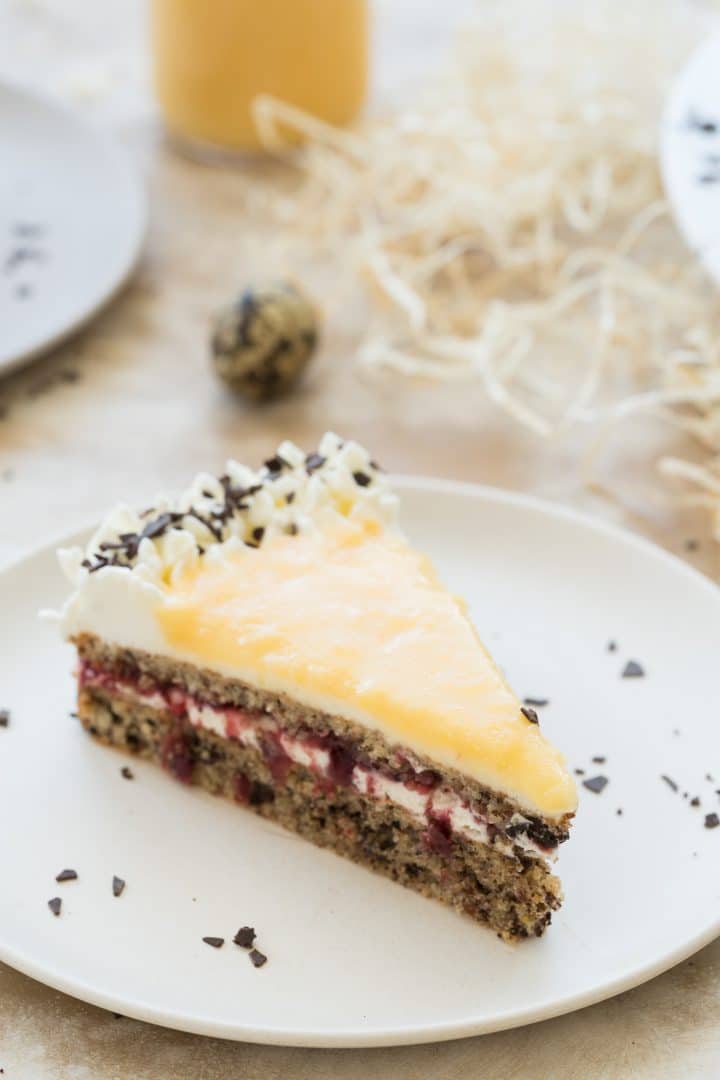
How to make the Eggnog Cake
Let's get started: Preheat the oven to 360°F/180°C and grease the bottom of a springform pan or line with baking paper. Now, melt the butter. Finely grate or chop the chocolate.
For the Viennese sponge cake, beat the eggs with the sugar for a few minutes until very foamy and mix nuts or almonds with baking powder. Then, gently stir in on low speed together with the melted butter and rum. Fold in the chocolate chips and pour the dough into the pan and smooth out. Bake for about 30 minutes. Loosen from the edge and let cool on a cooling rack.
Now, it's time for cutting off about one-third of the bottom horizontally with a sharp large knife or thread. Place the bottom thick layer on a cake plate. Spread the thin base with slightly warmed cranberry jam, stirring until smooth and - if it is very chunky - strained.
For the eggnog cream, whip the cream until stiff while swirling in the cream stiffener and gelatin-fix, and finally stir in the sugar and eggnog. Spread about half of the cream on the bottom cake layer. Carefully place the second jam-covered base over the top so that the cream and berries are directly on top of each other. Spread the cream on the top of this thin base and brush the edge of the cake.
After that, whip the cream for the dots with powdered sugar and cream stiffener until stiff. Using a piping bag, pipe dots all over the top of the cake. Mix the egg liqueur for the icing with the Gelatinefix. Gently pour onto the cake and spread.
In the end, refrigerate the cake for approx. 1-2 hours. Before serving, decorate the edge and the cream dots with chocolate shavings as desired. Enjoy your delicious eggnog cake.
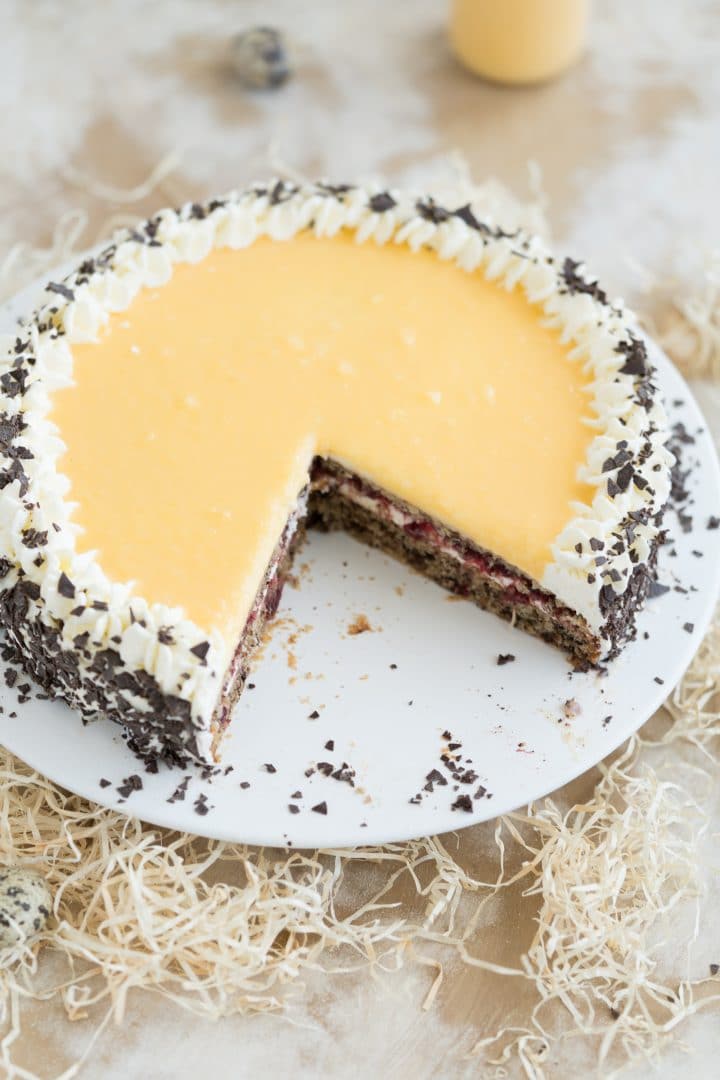
Top Tip
So-called gelatin-fix or instant gelatin is available in sachets of 15 or 30 grams and replaces 3 or 6 sheets of gelatine. It is unnecessary to soak, mix or heat the gelatine; it is easy to stir the gelatin into a liquid such as cream or egg liqueur (which should not be too cold).
Of course, regular leaf gelatin or ground gelatin are also suitable instead. Use according to package directions.
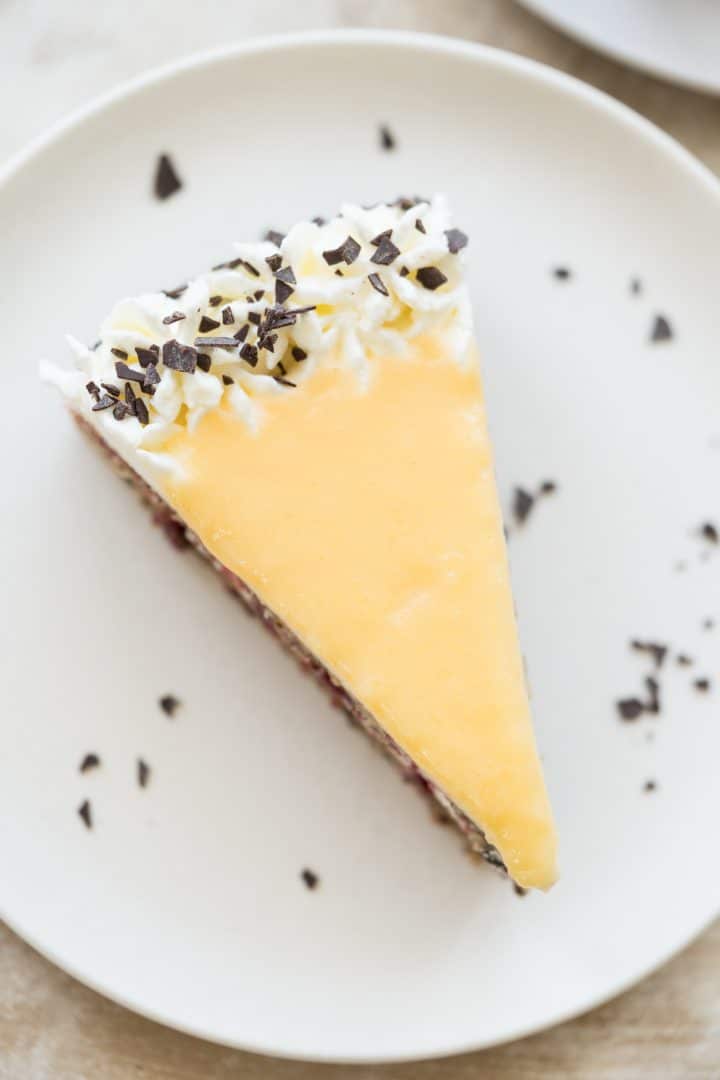
Recipe Card
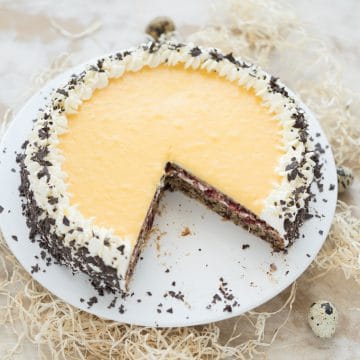
Grandma's Eggnog Cake
Equipment
- Springform Pan (10 in/26 cm)
Ingredients
For the base
- 6 eggs, medium
- 110 grams (⅔ cup) sugar
- 240 grams (1 ¾ cups) ground nuts, or almonds
- 80 grams (½ cup) dark chocolate, grated
- 70 grams (⅓ cup) butter, liquid
- 1 teaspoon baking powder
- 1 tablespoon rum, or eggnog
To coat
- 120 grams (⅓ cup) cranberry jam, or berry jam
For the cream
- 600 grams (2 ½ cups) cream
- 1 sachet vanilla sugar
- 1 tablespoon powdered sugar
- 70 grams (⅓ cup) eggnog
- 20 grams (1 ⅖ tablespoons) gelatin-fix, or veg. alternatives
- 1 sachet cream stiffener
For the decoration
- 100 grams (⅖ cup) cream
- ½ sachet cream stiffener
- 1 teaspoon powdered sugar
- 150 grams (⅔ cup) eggnog
- 10 grams (¾ tablespoon) gelatin-fix, or 2 sheets of gelatin, or veg. alternatives
- 60 grams (⅓ cup) dark chocolate, grated
Instructions
- Preheat oven to 360°F/180°C. Grease the bottom of a springform pan or line with baking paper. Melt the butter. Finely grate or chop the chocolate.
- First, for the Viennese sponge cake, beat the eggs with the sugar for a few minutes until very foamy. Mix nuts or almonds with baking powder. Gently stir in on low speed together with the melted butter and rum. Fold in the chocolate chips. Pour dough into the pan and smooth out. Bake for about 30 minutes. Loosen from the edge and let cool on a cooling rack.
- Cut off about one-third of the bottom horizontally with a sharp large knife or thread. Place the bottom thick layer on a cake plate. Spread the thin base with slightly warmed cranberry jam, stirring until smooth and - if it is very chunky - strained.
- For the eggnog cream, whip the cream until stiff while swirling in the cream stiffener and gelatin-fix, and finally stir in the sugar and eggnog. Spread about half of the cream on the bottom cake layer. Carefully place the second jam-covered base over the top so that the cream and berries are directly on top of each other. Spread the cream on the top of this thin base and brush the edge of the cake.
- Whip the cream for the dots with powdered sugar and cream stiffener until stiff. Using a piping bag, pipe dots all over the top of the cake. Mix the egg liqueur for the icing with the Gelatinefix. Gently pour onto the cake and spread.
- Refrigerate the cake for approx. 1-2 hours. Before serving, decorate the edge and the cream dots with chocolate shavings as desired.
Notes
Ingredient substitutions
Variations
For a vegetarian eggnog tart without gelatin, you can also whip the cream just with 3-4 sachets of the cream stiffener, but here I would use a little less eggnog to maintain the mass. Alternatively, use a vegetarian thickener such as agar-agar. You can also make the eggnog frosting without gelatin. Then it is essential that the cream dots are set very tightly and the cake is cooled a few hours before cutting.

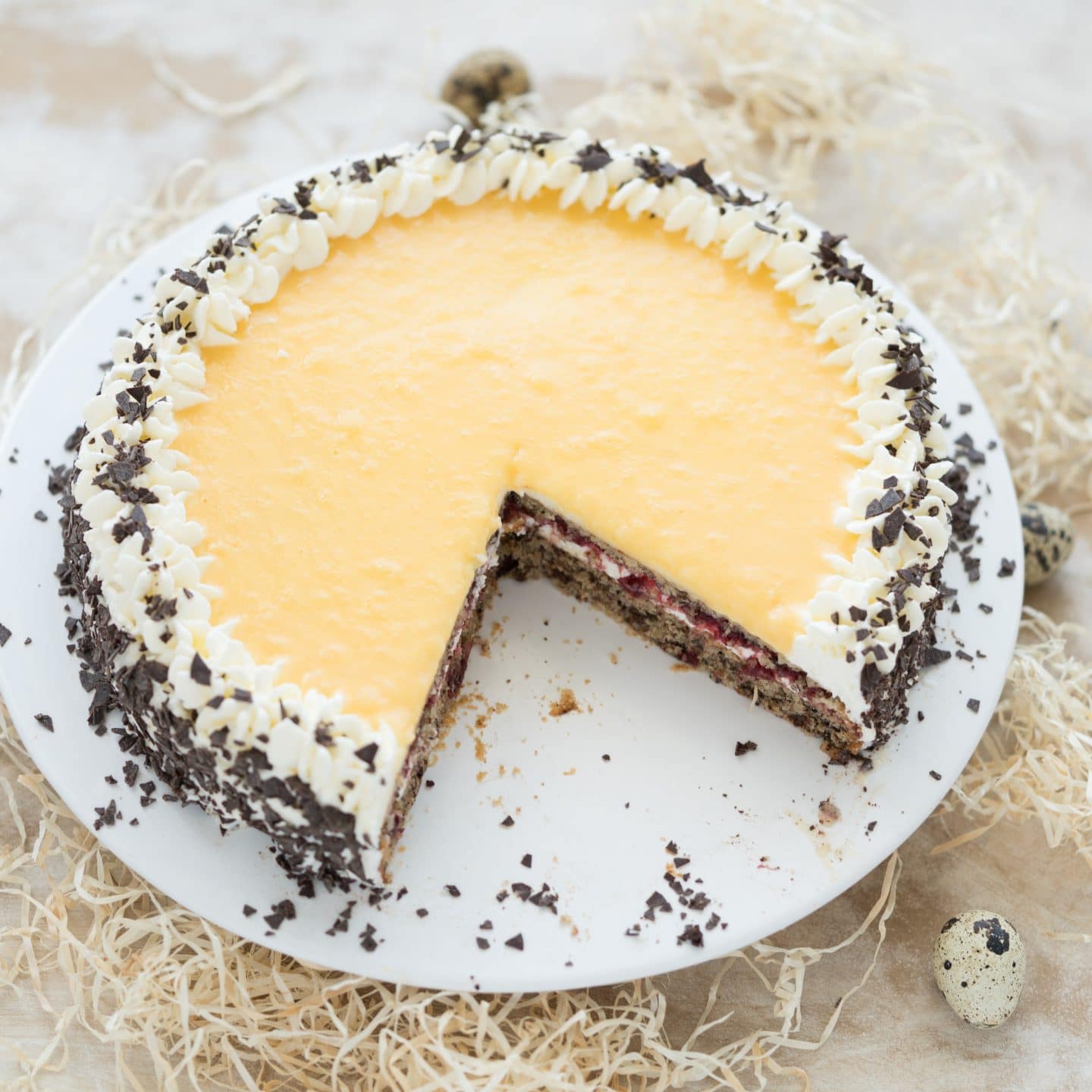
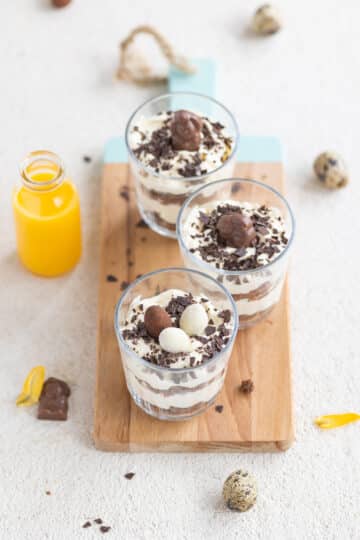
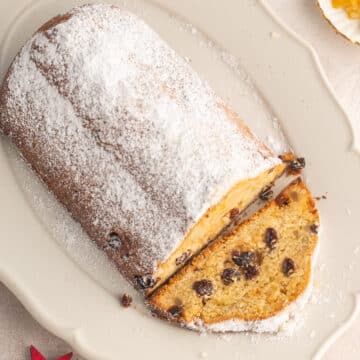
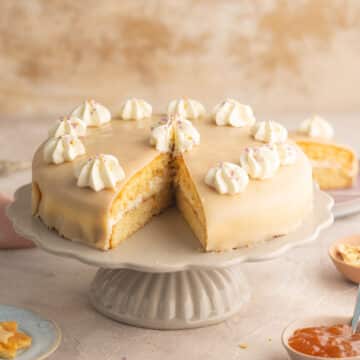
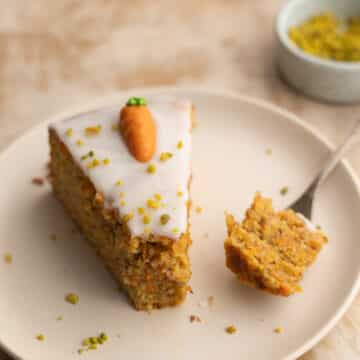

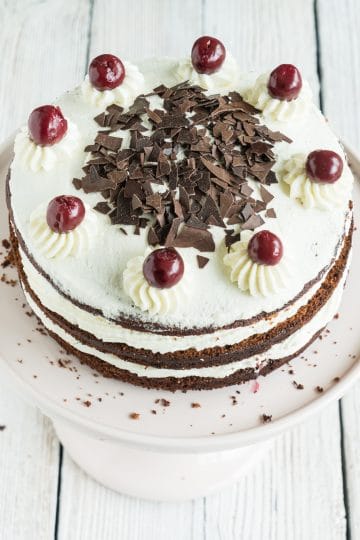
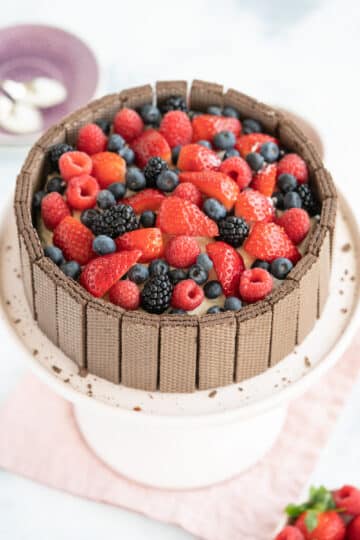

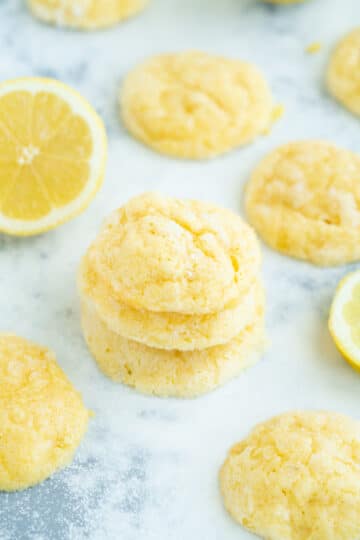
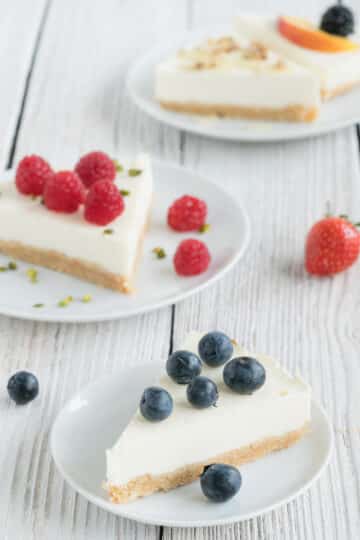
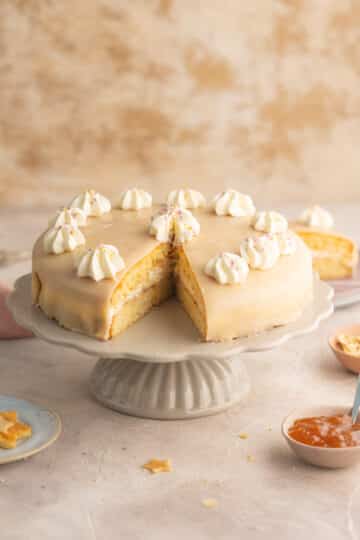
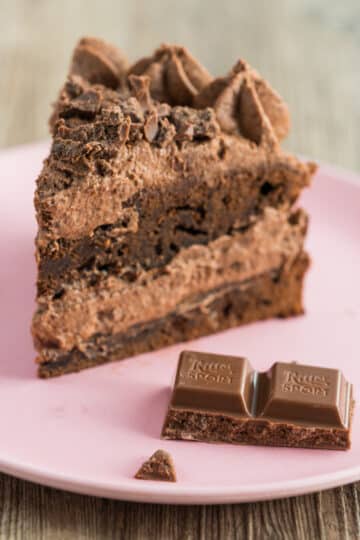

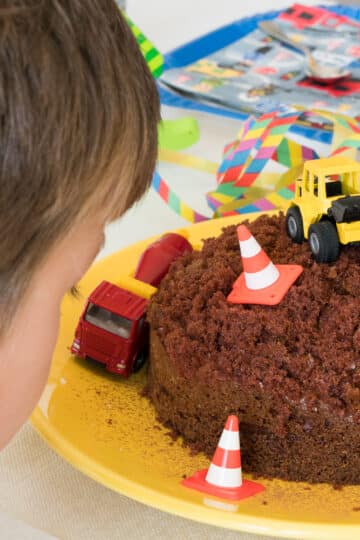
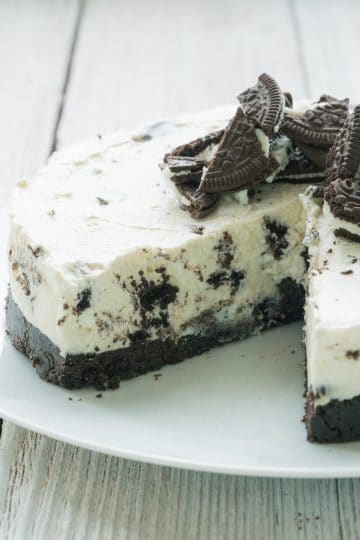
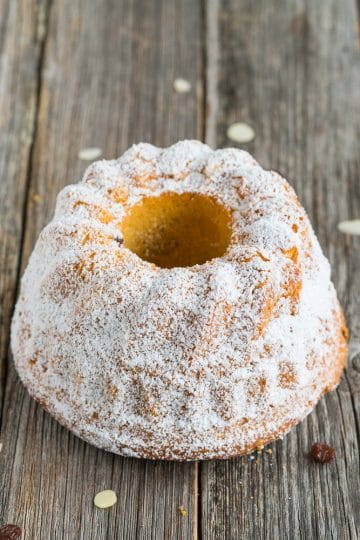
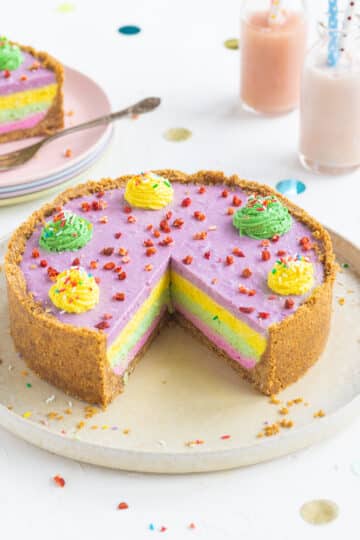
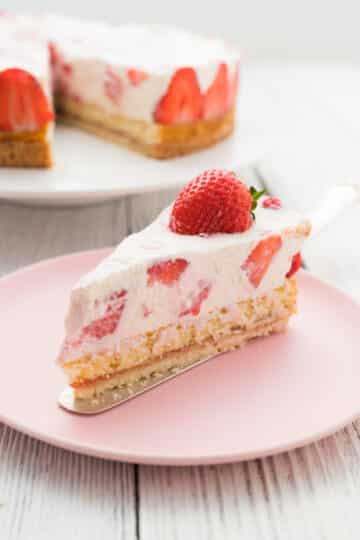
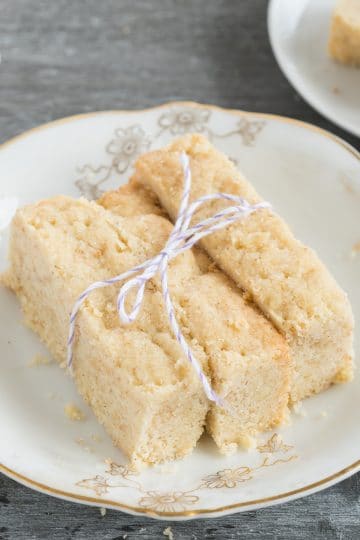
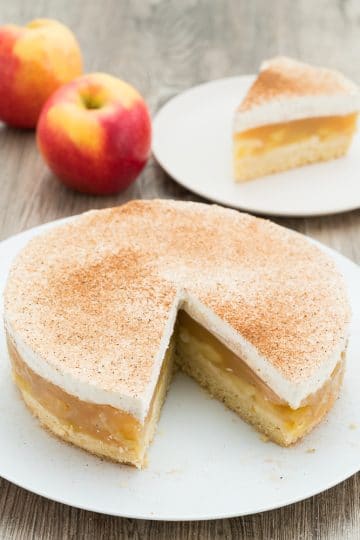
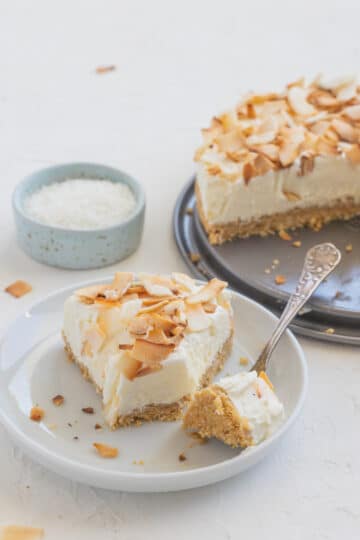
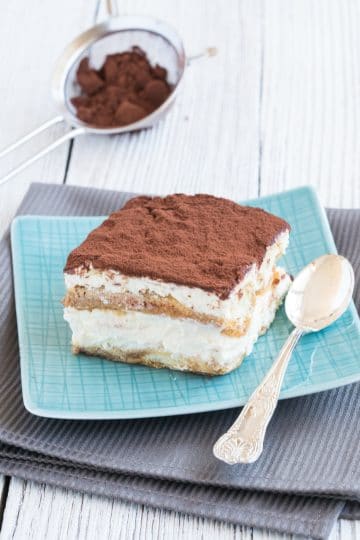
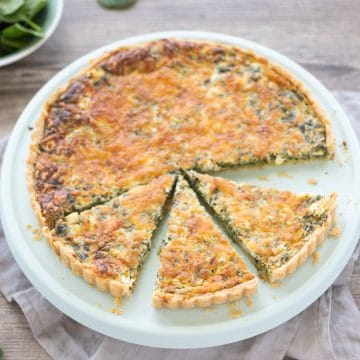
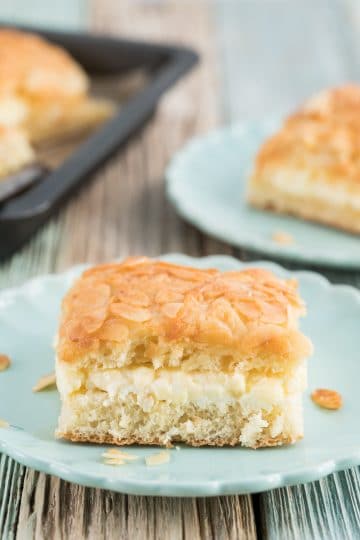
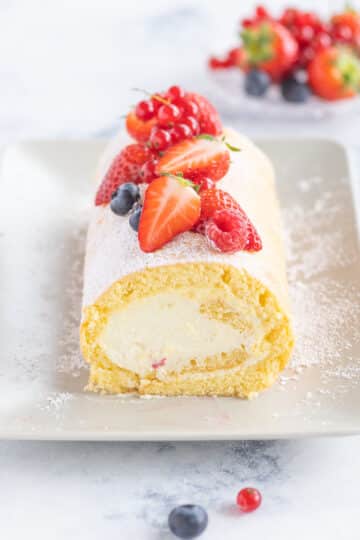
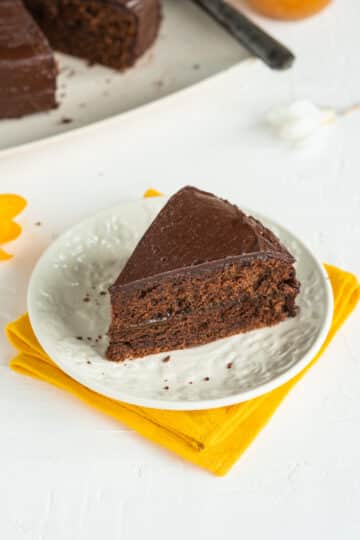
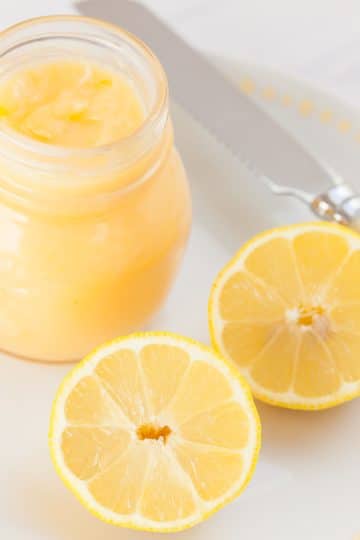
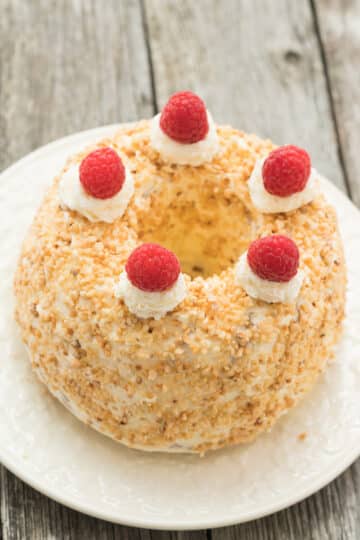
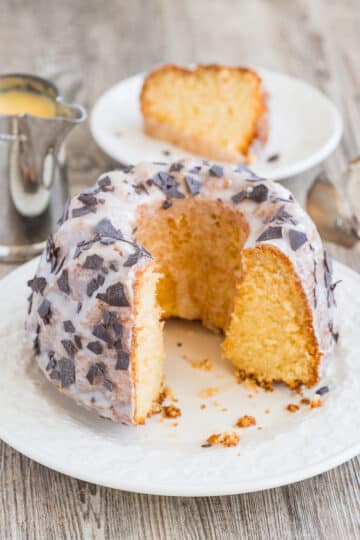
This cake looks absolutely beautiful. I have printed out the recipe. You are a fine pastry chef.
My husband is a hunter, has spent time in Germany, and he loves eggnog. We are Americans. Do you have cranberries in Germany? If not which berries do you use in Germany? I am interested in your grandmother's recipe; I have Sahnestieff but I don't want to bother with gelatin. What is the name of the cake in German? Is it a very old recipe? What kind of crust did she use underneath, a short crust, like for shortbread? I like the idea of a flourless cake. My daughter likes to avoid flour. She likes to avoid cranberries that are dried. I am a little late coming upon this recipe for this Christmas, but it could be fun to make this winter for friends or for next Christmas.
Thank you so much for your kind comment. The recipe is called "Eierlikörtorte" in German. It comes from my grandmother and is already several decades old. Perhaps she got it from her parents—I would have to ask her about that.
We don’t use cranberries but rather lingonberries, either fresh or cooked (not dried). Alternatively, we use jam. However, cranberries can also be purchased here. The crust is a type of richer sponge cake, called a "Wiener Biskuit" in German. It is much fluffier than shortbread and not comparable to it.
If you want to completely avoid gelatin: are there plant-based alternatives available to you? Otherwise, you could try using more "Sahnesteif."
If you decide to try the recipe or have any further questions, feel free to write me!